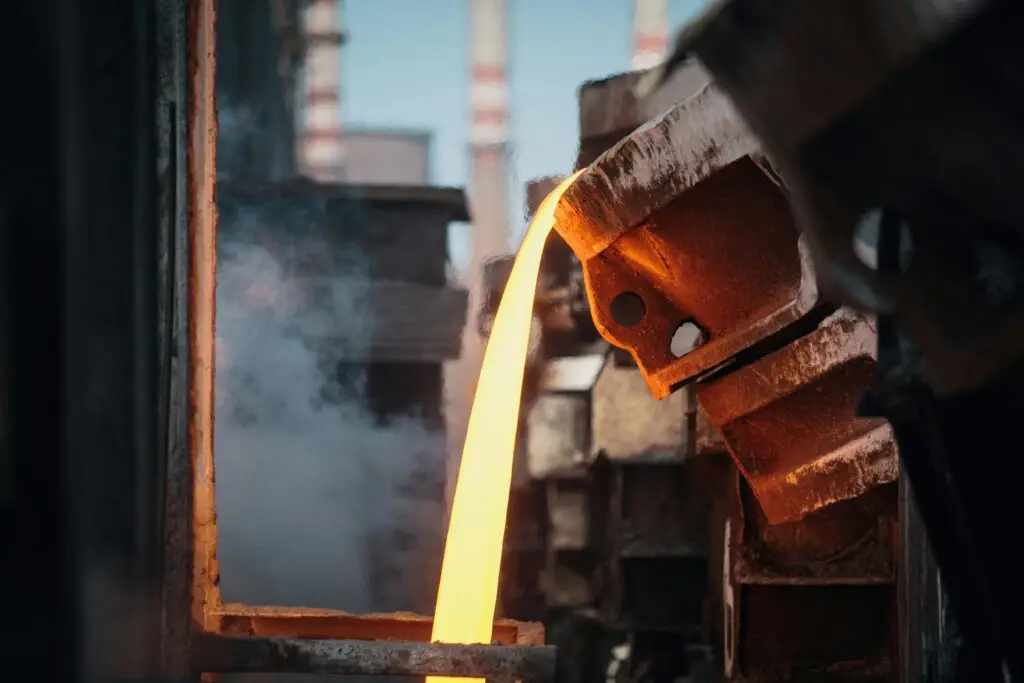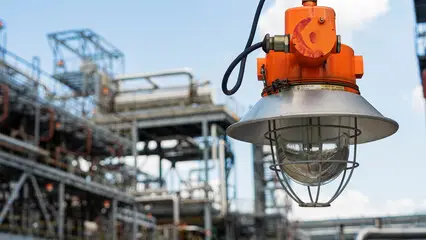Understanding the Importance of Hazardous Location Lighting
Introduction
Hazardous location lighting is essential for ensuring safety and compliance in high-risk environments where flammable gases, vapors, dust, or fibers are present. These specialized lighting solutions are designed to withstand extreme conditions and prevent potential ignition sources, reducing the risk of explosions or fires. This guide explores the critical role of hazardous location lighting, key classifications, and industry standards that dictate its use.
What Defines a Hazardous Location?
Hazardous locations are classified based on the presence of flammable materials and their likelihood of causing an explosion. The National Electrical Code (NEC) and Occupational Safety and Health Administration (OSHA) define hazardous locations as follows:
- Class I: Locations with flammable gases or vapors (e.g., petroleum refineries, chemical plants).
- Class II: Areas with combustible dust (e.g., grain silos, flour mills).
- Class III: Locations with ignitable fibers or flyings (e.g., textile mills, wood processing plants).
Each classification is further divided into Divisions and Zones based on exposure levels, influencing the type of explosion-proof lighting required.
Key Features of Hazardous Location Lighting
To operate safely in these environments, hazardous location lighting must meet strict standards. Some key features include:
- Explosion-proof enclosures: Designed to contain any internal ignition without igniting surrounding materials.
- Corrosion-resistant materials: Aluminum, stainless steel, and polycarbonate lenses ensure durability in harsh conditions.
- Ingress protection (IP) ratings: High IP65-IP67 ratings protect against dust, water, and impact.
- Temperature-rated designs: Ensures fixtures operate safely within specified temperature thresholds to prevent overheating.
Compliance and Industry Standards
Hazardous lighting must comply with the following regulations to ensure safety and efficiency:
- UL 844 Certification: Standards for explosion-proof lighting.
- NEC Article 500-505: Guidelines for classifying hazardous locations and approved fixtures.
- ATEX & IECEx Standards: International certifications for hazardous area equipment.
- OSHA Compliance: Workplace safety regulations for industrial lighting applications.
Choosing the Right Hazardous Location Lighting
Selecting the right lighting solution depends on:
- Application needs: Indoor, outdoor, high-temperature environments, or corrosive conditions.
- Mounting options: Wall-mounted, ceiling-mounted, or portable explosion-proof lights.
- Light source: LEDs are preferred over HID and fluorescent due to efficiency, durability, and lower maintenance costs.
Conclusion
Hazardous location lighting plays a critical role in maintaining safety and regulatory compliance in high-risk environments. By understanding NEC classifications, industry standards, and the key features of explosion-proof lighting, facility managers and engineers can make informed decisions to protect workers and equipment.


